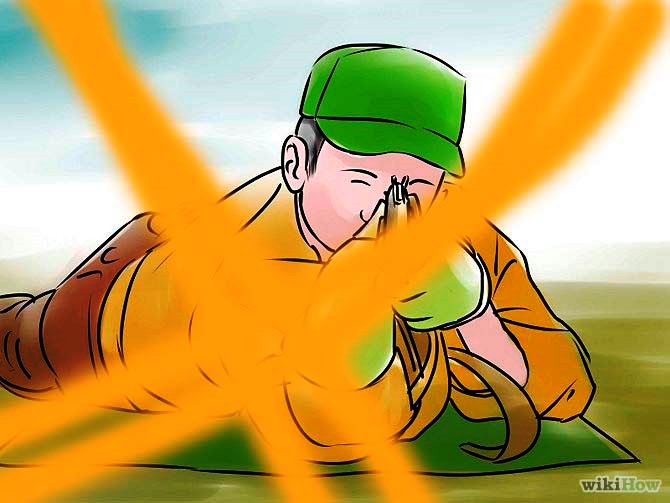The phrase, “you don’t kill people,” Silo said to us once in an informal dinner, when the conversation was about the atrocities caused by military dictatorships in South America and in the hypothetical case that someone could meet an ex-torturer in the street. What would you do? In this context he said those words categorically, banging his hand on the table… That was at the start of the 90s. Today they tell us that this was a tactic of the French secret services in 1975, which they applied against the Algerian independence revolts.
Well, this phrase comes to mind every time that one or many atrocities takes place, such as those on Friday the 26th of June in Kuwait, the south of France, Tunisia and elsewhere labelled as “Jihadi terror”. Meanwhile the slaughter continues in Syria, Libya and the hardships on the precarious boats crossing the Mediterranean with asylum-seeking and hungry Africans. And recently there was a slaughter in the southern US city of Charleston (18th of June) in which a young man of 21 years of age decided to shoot indiscriminately with a gun that he’d recently received as a present (?). Also not so long ago was the slaughter of students in Iguala, Mexico (26th of September) at the hands of local hitmen and police, for which the families are still waiting answers.
Evidently those who perpetrate these monstrosities don’t know or don’t accept that “you don’t kill people”. A superficial study shows that the consciousness in these – and other – cases is found to be extremely altered. Hallucinatory images in a state of wakefulness present themselves to the subject as something completely “real” and appropriate to carry out and so they do so. How can reality become so distorted? Because those who perpetrate these horrors do so deliberately on the basis of beliefs and ideologies which fully justify them, and they even believe that they are contributing a solution to some problem or other. In the drama of the southern USA there are those who justify it saying that it is a hangover from slavery (also atrocious) which hasn’t at all been resolved…
The case of violence in Islam seems to be justified in the Salafi movement (which proposes to return to the original purity of the Sunni Muslims (al-salaf)) and or in Wahhabism (which is considered a variant emerging in the eighteenth century), but it’s it not clear if these forms of Islam are based on brutal violence. In general, they talk about a “holy war against the infidels”, jihad; nevertheless Koran experts tell us that even if Jihad is mentioned 40 times, only in ten of them is there a reference to war.
Karen Armstrong underlines that Jihad is also personal improvement, to share with the poor. Muhammad in his day brought peace to Arabia and formalised unification through diplomacy. So, how do they justify this violence now carried out by the so-called Islamic State? We clearly see that there are individuals and groups who choose ruthless violence as their MO, deliberately, because they want to. And although it is also used against them they don’t care, as sometimes they even sacrifice themselves… A tremendous confusion with unpredictable consequences.
I also think it’s very interesting that after the attacks we don’t find, they don’t appear in the media, declarations by Muslim clerics or authorities condemning them; perhaps if the Imams made a strong plea for peace they would achieve results, and the rest of us would be somewhat more hopeful. Or if in the USA, efforts towards nonviolence were made by the population to stop the impressive sale of weapons. And in Mexico, what can I say? And so on in the rest of the world.
Going back to Silo in whose first public talk in May 1969 he clarified what are the different forms of violence, he tells us in the introduction to his Psychology Notes that when one has a personal register of disgust – a case of disgusted consciousness – in front of an act of violence, that violence can cease; until this happens, there will be no end to the crazy violence, because it’s clear that the executor is in a state of unlimited altered dementia.
What has to happen for people to understand and apply the idea of “dismantling the internal bomb” and “feel inner peace and carry it to others”? And, ultimately, not kill. We have to continue contributing to this. This is what we’re doing.










